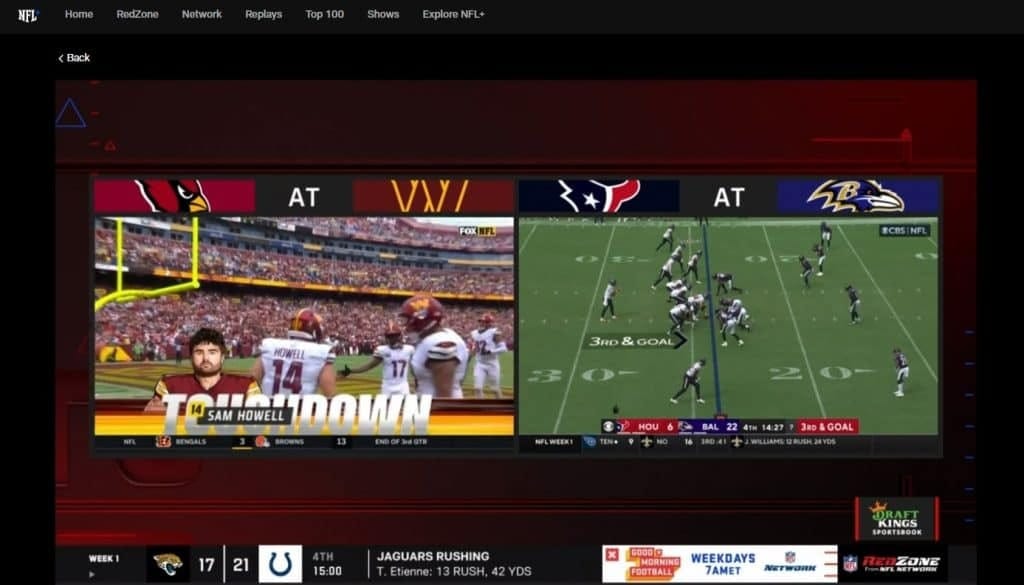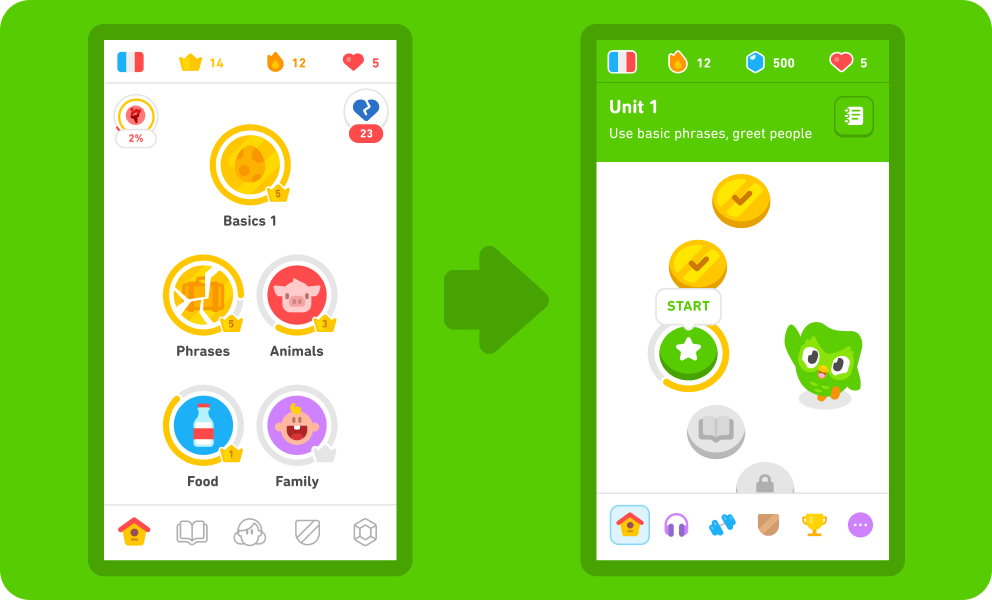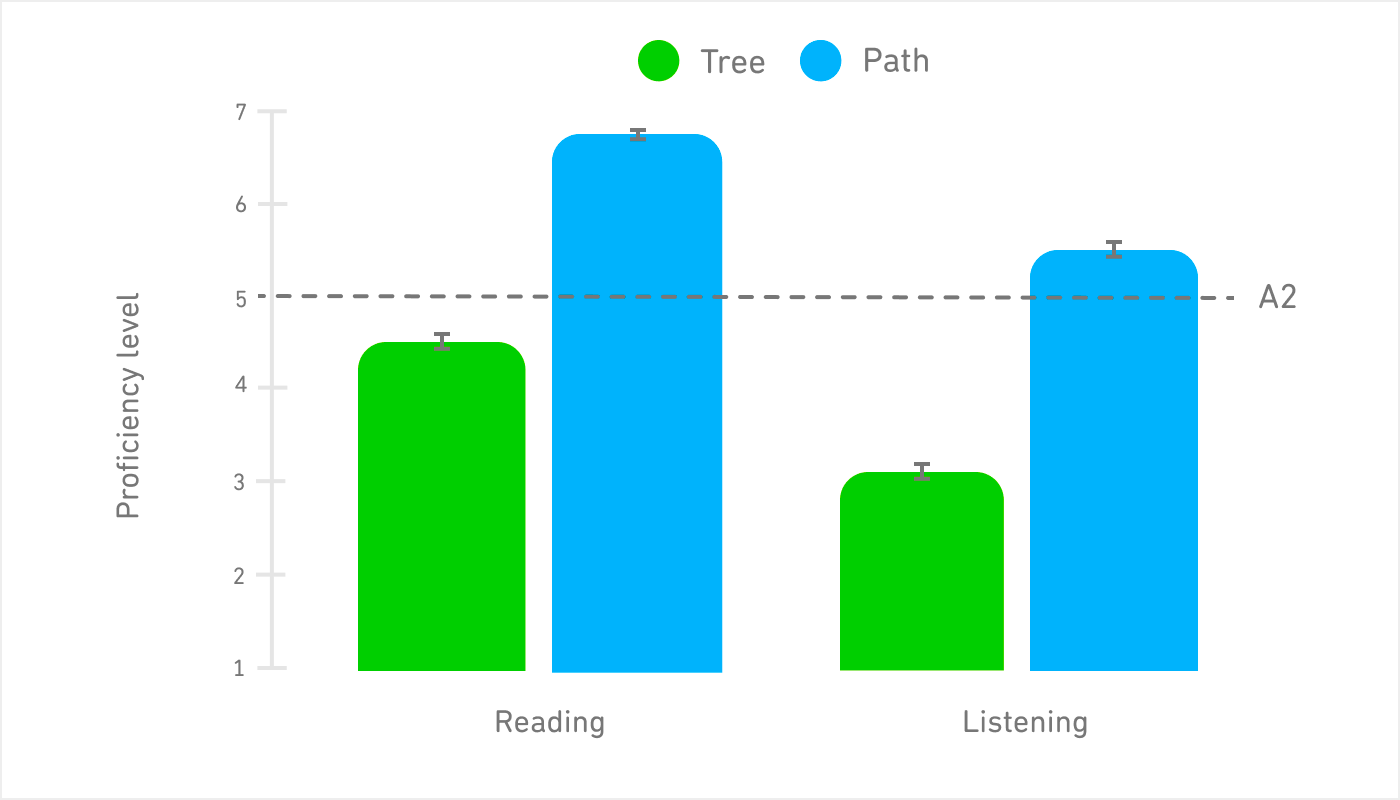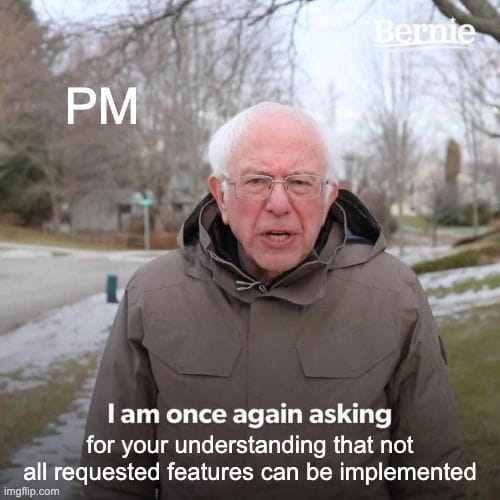- Out of Scope
- Posts
- 🚀 What NFL Sundays Can Teach Us About Product Design
🚀 What NFL Sundays Can Teach Us About Product Design
And why reducing user decisions is the secret to better product experiences
This week at Out of Scope, we are trying something different. Instead of focusing on a specific tactic to implement in your day-to-day, we're highlighting a product we love and why we love it. As a product manager, recognizing great products helps build your product sense and intuition. And last but certainly not least, shoutout to Santiago for getting the riddle last week!
The weather is changing, and Fall is finally in the air. It’s the season of pumpkin spice lattes and sweater weather, and for me, most importantly, it is the start of the NFL football season.
You wake up on Sunday morning, excited for a whole day’s worth of games. You make pancakes because you need fuel for the day ahead. But there's a problem: 6-8 games are starting simultaneously in the early window, with another 3-5 in the late window. How do you choose what to watch?
Enter NFL RedZone—and a masterclass in product design.
Sunday 1 PM: Eight games kick off. Normally, you'd channel-surf frantically, missing crucial plays. But RedZone's host Scott Hanson becomes your guide: "We've got goal line action in three different cities!" The screen splits, showing a touchdown in Detroit while cutting to a field goal attempt in Miami. No commercials. No downtime.
This is the magic: RedZone sequences the moments that matter and hides the ones that don't.

Without RedZone, there would only be chaos
Instead of forcing you to choose among eight broadcasts, you watch a single curated stream. When multiple exciting plays happen simultaneously, the "Octobox" appears—then collapses back to the most important action. This is the psychology principle, Hick's Law, in action: the more options you present, the longer decisions take. RedZone eliminates choice paralysis by making one choice for you—the best football happening right now.
The Same Problem Everywhere
This cognitive burden shows up constantly in digital products, especially when educating users on complex tasks. Duolingo faced the same challenge with language learning. Their old system let users jump around lessons freely. Sounds empowering, right? Wrong. Users constantly worried: "Am I doing this right? Should I be in a different lesson?"
Sound familiar? It's the same anxiety NFL fans feel choosing between eight games.
In 2022, Duolingo moved from choose-your-own-adventure to a guided path. Before: Users saw a skill tree with dozens of lessons they could tackle in any order. After: One clear path forward with the next lesson highlighted and ready to go. No more paralysis about whether to review phrases or learn new verbs.

TurboTax uses the same approach for the AWFUL yearly chore of filing taxes. Instead of presenting users with an overwhelming form filled with dozens of fields, they ask one question per screen: "Did you receive a W-2?" Answer yes, and the next screen appears asking for those specific details. Conditional reveals mean you only see tax topics that apply to your situation; no need to mention business expenses if you're filing as an individual.
This technique is especially powerful for complex, intimidating tasks. When users feel overwhelmed by the scope of what they need to accomplish, like learning a language, filing taxes, or setting up enterprise software, they often don't start at all. Both products recognized that decision fatigue kills momentum, so they reduced complexity by creating digestible steps and removing choice overload. When users have to spend mental energy choosing what to do next, they have less energy to actually do it.
And in case you’re curious, the results for Duolingo were incredible. Learners had improved outcomes, including higher reading and listening scores.

I wish all my AB test results were this good
The Tradeoffs
Just like with everything else, there are pitfalls to this approach. By reducing choices, you also reduce users' ability to customize freely. Power users might revolt, and they might be upset about "dumbing down" the interface, creating internal pressure to revert even when overall metrics improve.
Plus, differing expertise of users changes needs: a guided path perfect for beginners feels constraining to experts. You need escape hatches like "Skip to advanced setup" or progressive disclosure that reveals more options as users demonstrate competence. Duolingo handles this by letting users test out of sections they've already mastered. You can jump ahead without being forced through beginner content you don't need.
The key is accepting that no solution serves everyone perfectly. When I want to watch my home team’s full game, but RedZone won’t let me, I have to switch channels. There's a downside: I miss the other games. But that's a choice I'm willing to make to watch my team lose again 😭.
Your Action Item This Week
Audit one complex flow in your product. Map out every decision point where users must choose their path. Pick the messiest one and ask: What's the single best next step for 80% of users? Consider making this the default path and tuck other options into an "Advanced" or "More Options" section.
Track any relevant downstream metrics. If you don't see improvement, your "best path" assumption was wrong—revert and try a different simplification.
Or if you just want to improve your product intuition, identify two products: one that does a good job reducing complexity and guiding users step-by-step, and one that could do a much better job.
Every Sunday, millions of people choose RedZone over individual games—because the only decision they want to make is whether to get more snacks. That's the power of eliminating choice paralysis. What choice are you going to eliminate for your users this week? Now, if you'll excuse me, those pancakes aren't going to make themselves.
P.S. The behind-the-scenes footage of how they film RedZone every week is really cool.
Reply and let me know if you liked this week’s newsletter!
The Riddle
I have branches, but no trunk, leaves, or fruit. What am I?
The Meme

Every PM on a weekly basis